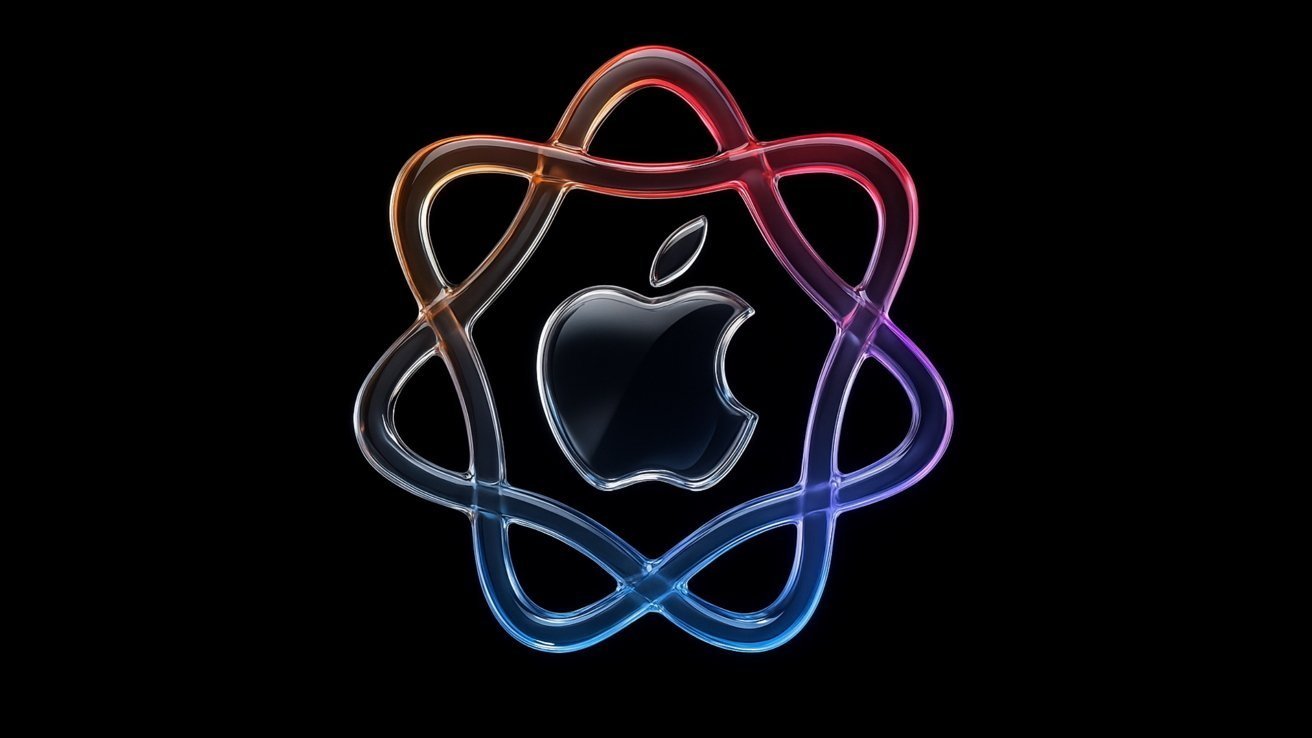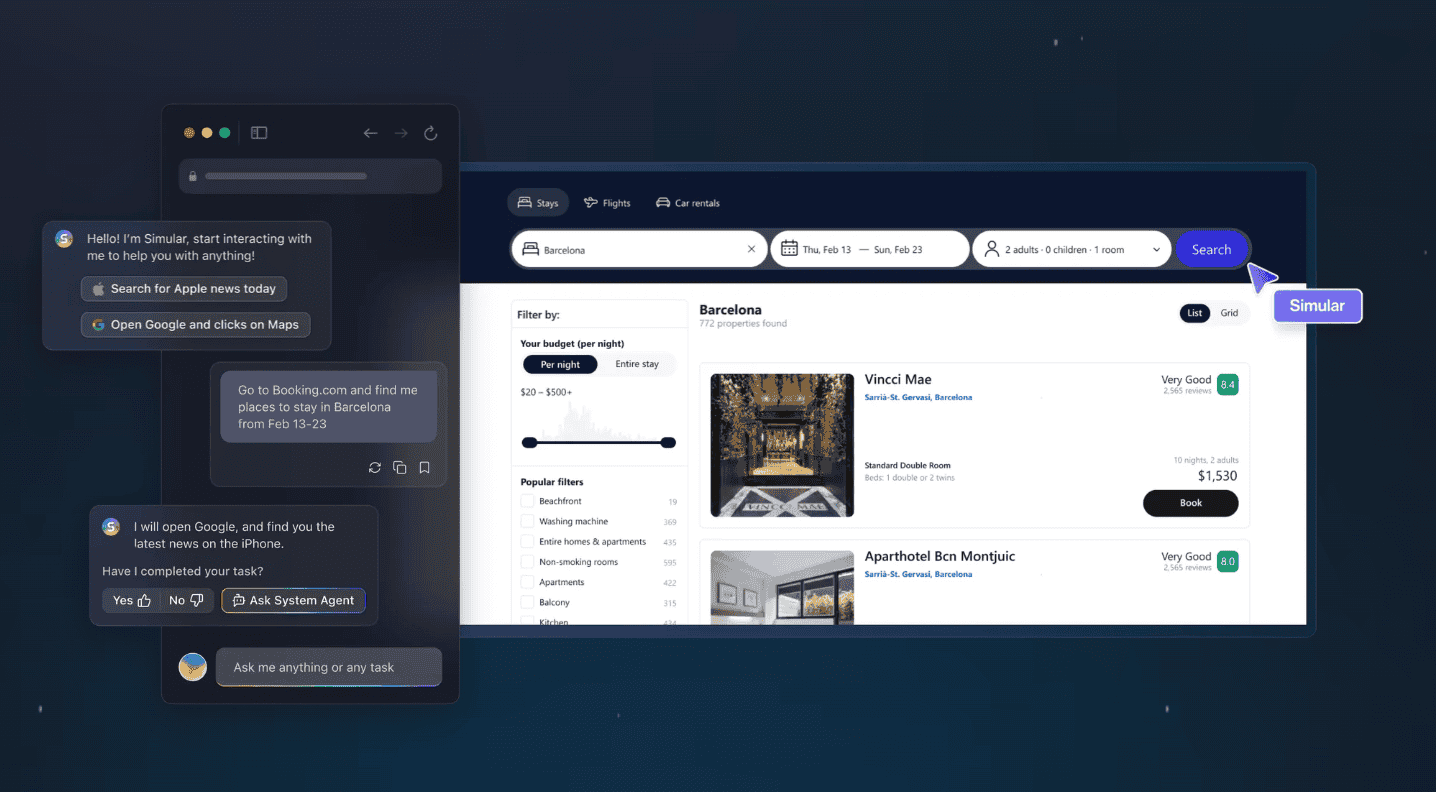In October 2025, Apple unveiled three groundbreaking studies that explore the integration of artificial intelligence (AI) into software testing and bug detection processes. These studies aim to enhance the efficiency and effectiveness of Quality Engineering (QE) workflows by leveraging AI technologies.
Agentic RAG Framework for Software Testing
The first study introduces the Agentic RAG Framework, a novel approach designed to address the limitations of traditional QE test creation. Historically, Quality Engineers have dedicated approximately 30-40% of their time to manually developing test plans, cases, and automation scripts. This manual process is not only time-consuming but also prone to human error.
Apple’s proposed solution involves deploying autonomous AI agents to automate these tasks. The framework comprises a four-step process and utilizes six specialized AI agents, each assigned to a specific aspect of the testing process:
1. Regulatory Compliance Agent: Ensures that all tests adhere to relevant regulations and standards.
2. Historical Analysis Agent: Reviews past tests to identify patterns and areas for improvement.
3. Test Creation Agent: Develops new tests based on current methodologies and requirements.
4. Conflict Resolution Agent: Addresses and resolves discrepancies or conflicts that arise during testing.
5. Integration Agent: Facilitates seamless communication between various modules and systems involved in the testing process.
By implementing this multi-agent system, Apple reports significant improvements:
– Accuracy: Achieved a 94.8% accuracy rate, a substantial increase from the 65% baseline.
– Productivity: Reduced the time required for test creation by 85%.
– Defect Detection: Improved quality metrics with a 35% increase in defect detection rates.
Additionally, the framework ensures comprehensive traceability throughout the QE lifecycle, enhancing transparency and accountability.
SWE-Gym: Training AI for Bug Fixing
The second study focuses on SWE-Gym, an environment developed to train AI agents in resolving software bugs. SWE-Gym is described as the first environment tailored for training real-world software engineering (SWE) agents. It integrates real-world software engineering tasks sourced from GitHub issues, complete with pre-installed dependencies and executable test verification.
Key features of SWE-Gym include:
– Task Repository: Comprises 2,438 real-world software engineering tasks sourced from pull requests in 11 popular Python repositories.
– Executable Environments: Provides AI agents with codebases and executable environments to interact with, facilitating practical learning experiences.
When language model-based SWE agents interact with SWE-Gym, they learn to address and resolve real-world GitHub issues. Although initial self-improvement results were modest, the environment demonstrated strong empirical results, indicating its effectiveness in training AI agents for software engineering tasks.
To cater to varying levels of complexity, Apple also developed SWE-Gym Lite, a subset containing 230 self-contained tasks. This version is particularly useful for prototyping, yielding results in shorter timeframes. Language models trained with SWE-Gym successfully solved 72.5% of tasks correctly, showcasing the environment’s potential in enhancing developer productivity across various industries.
ADE-QVAET Model for Defect Prediction
The third study introduces the ADE-QVAET model, an AI-powered approach designed to enhance software defect prediction. This model combines two advanced techniques:
1. Adaptive Differential Evolution (ADE): An optimization technique that adapts the hyperparameters of machine learning models during training to enhance their performance.
2. Quantum Variational Autoencoder-Transformer (QVAET): Detects accurate defects by extracting high-dimensional latent features while preserving sequential dependency.
Additionally, the model incorporates Adaptive Noise Reduction and Augmentation (ANRA), which improves results by balancing defect instances and reducing noise. By integrating these components, the ADE-QVAET model addresses existing limitations in defect prediction models, providing precise defect monitoring and improving overall software quality.
The study suggests that future AI-driven testing tools can be further enhanced using deep learning and reinforcement learning techniques to predict and prevent software issues even before development begins.
Implications and Future Applications
These studies underscore Apple’s commitment to integrating AI into software development processes to enhance efficiency, accuracy, and quality. By automating labor-intensive tasks and improving defect detection, AI has the potential to revolutionize software testing and development.
While it remains to be seen how Apple will apply these findings to its existing products, the research indicates a promising direction for the future of AI in software engineering. For instance, the recent inclusion of third-party AI accounts in Xcode 26 suggests that Apple is open to integrating AI-driven code correction models into its development tools.



